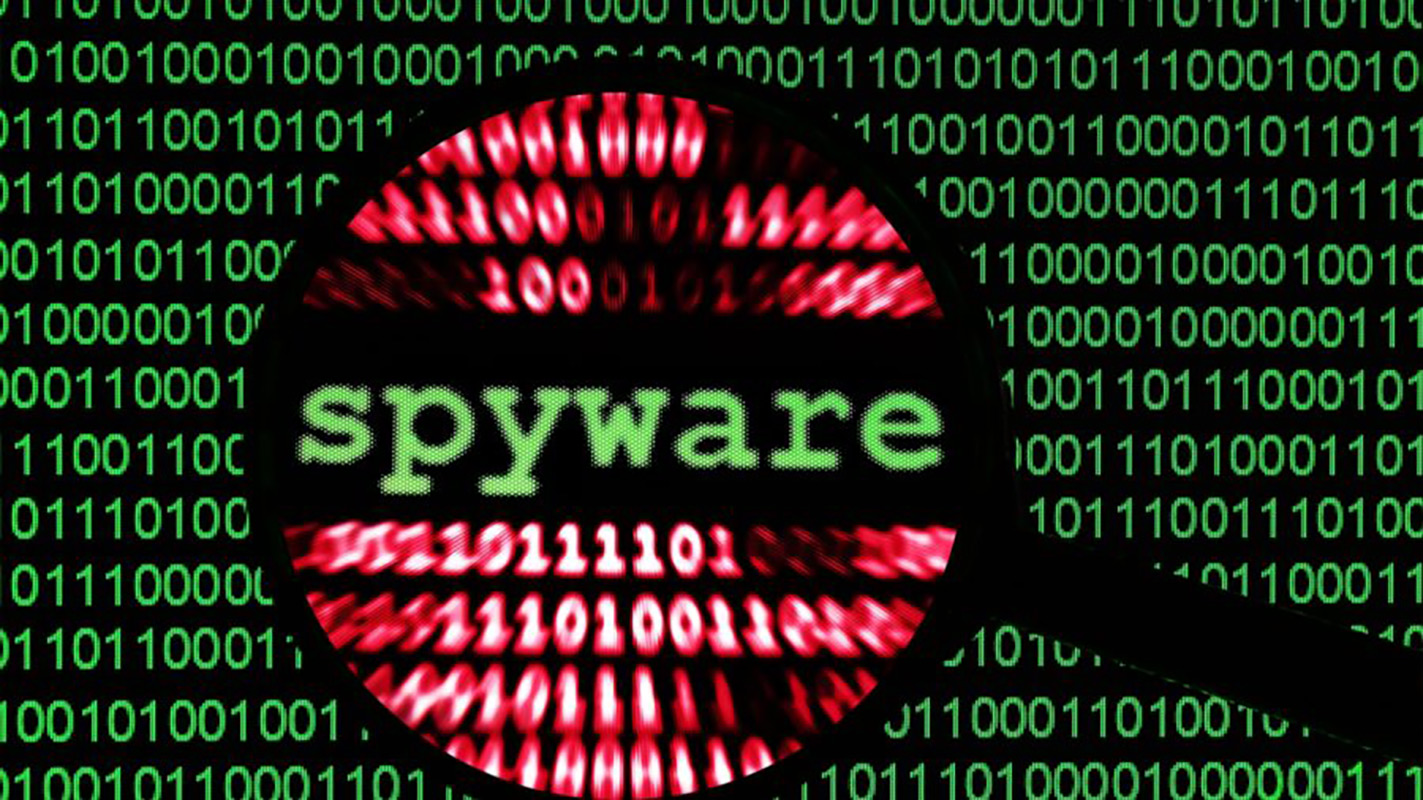Whenever you go online without using any Antivirus or VPN, you’re not safe on the internet. Your personal information, important files, photos everything is at stake and can be easily retrieved by a cybercriminal using Spyware. It’s one of the oldest and most widespread threats on the Internet, secretly infecting your computer in order to initiate a variety of illegal activities, including identity theft or a data breach. But, not to worry, as we’ve got your back! in this article we will talk about Spyware and its details and also show you how to remove it if it’s in your system.
What is Spyware?

Spyware is a type of malicious software that installs itself in the system, and once initiated it can monitor your activity, gather important information like credit card details, files, photos, and pass all the information to its owner, and they can use all those data for a purpose that harms the user. Spyware was first developed as a marketing or usage aid to help website owners track their visitors, but it has now become incredibly advanced and potentially much more threatening. It finds its way onto your computer without your knowledge or permission, attaching itself to your operating system. Once it is installed in your system, it will run quietly in the background without you even knowing it. And even if you discover its unwelcome presence on your system, Spyware does not come with an easy uninstall feature.
How Spyware Gets Into Your System
There are plenty of ways spyware can get into your system. Here are some of them:
- Malicious Software: At some point in our lives, we all have to download a mod or hacked version of the software from the internet because not everyone can afford the pricing. So, whenever we download software from an untrusted source, it might be infected with spyware. Once you download and install the software, the spyware will also install itself in your system.
- Phishing and spoofing: Whenever you go to some malicious sites, you will commonly see some unwanted ads, and if you try to click on something, it will automatically redirect you to a different page and then automatically start downloading a file in your system. So, beware of those sites.
- Malicious Email: Often you’ll some emails come in your inbox with an attachment. Those attachments might be infected with spyware and if you click on them it’ll start downloading itself into your system.
- Misleading marketing. Spyware authors love to present their spyware programs as useful tools to download. It might be an Internet accelerator, new download manager, hard disk drive cleaner, or an alternative web search service.
Once it gets into your system, you can’t remove it easily. The only way to remove it is to download a software removal program or an antivirus.

Types of Spyware
Spyware is created by its author depending on different purposes. Some spyware can monitor your system like a spy we see in movies, and some can steal your personal data. Let’s have a look at some of the mainstream spyware in the internet.
- Password stealers: Like its name suggests, this spyware is designed in a way that it can collect your passwords whether it is stored on your system or in your internet browsing history then it will pass on those data to its owner.
- System Monitors: This spyware will install itself in your system the quietly runs in the background to monitor all your activity.
- Adware: Adware is a type of spyware that is usually downloaded by mistake, either because it has made itself look like legitimate software, or hidden in another download. Once on your device, adware is designed to track your browsing habits, location, and personal information in order to display advertising on your screen.
- Keyloggers: Also referred to as system monitors, are applications designed to capture computer activity, including keystrokes, websites visited, search history, email discussions, chatroom dialogue, and system credentials.
How to Remove Spyware?
If you suspect your desktop or laptop computer has been infected with spyware, take these steps to identify the infection and remove it:
- Run a scan with your security software: The scan will help to identify and remove malware.
- Download and run a virus removal tool: A reputable virus removal tool scans for threats that traditional antivirus software may not detect.
Once you’ve cleaned your system, consider adding an ounce of prevention. There are high-quality anti-spyware tools available that will monitor your system and continue to help prevent spyware from accessing or modifying your personal information.
How Can You Protect Yourself From Spyware?
The best defense against spyware, as with most malware, starts with your behavior. Follow these basics of good cyber self-defense.
- Don’t open emails from unknown senders.
- Don’t download files unless they come from a trusted source.
- Mouse over links before clicking on them and make sure you’re being sent to the right webpage.
- Use a reputable cybersecurity program to counter advanced spyware. In particular, look for cybersecurity that includes real-time protection.
- Use a VPN.
